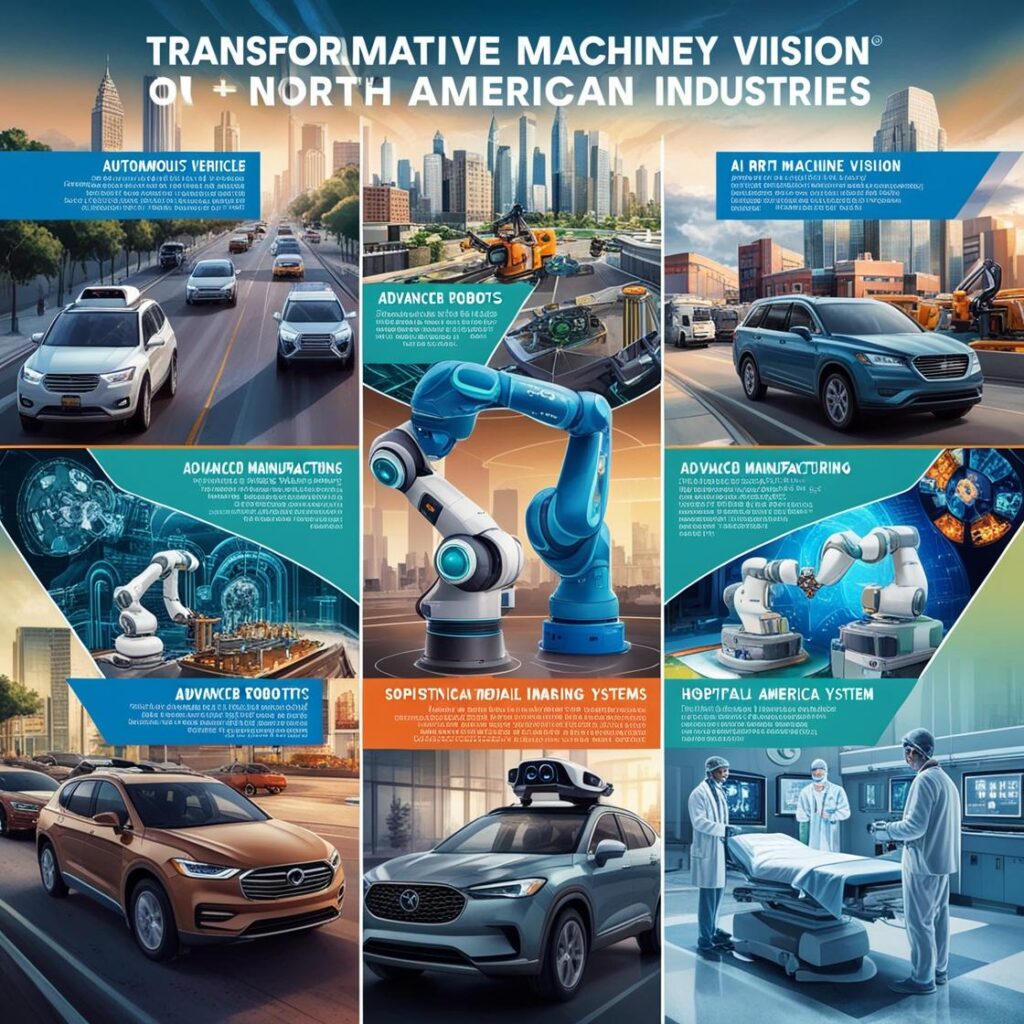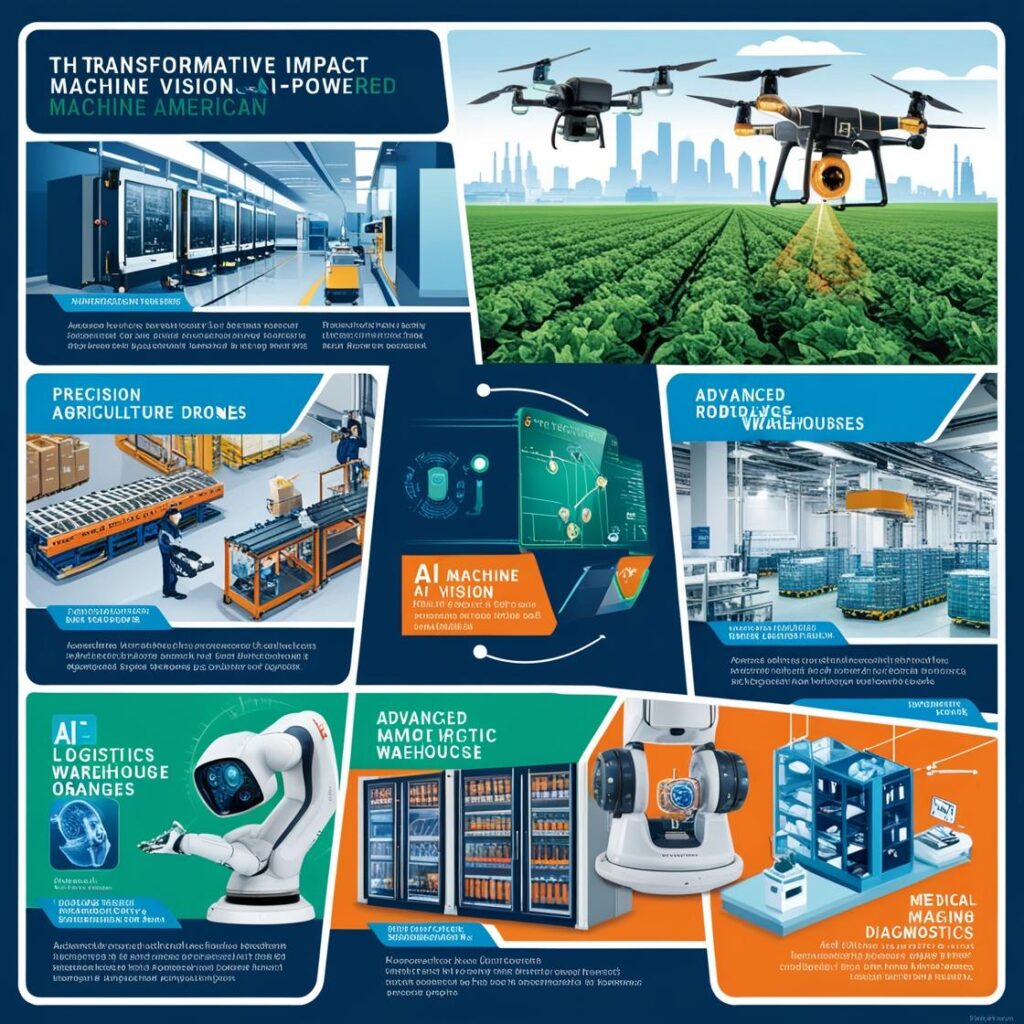AI machine vision is revolutionizing industries across North America, leveraging artificial intelligence to analyze, interpret, and act on visual data. From manufacturing and logistics to healthcare and agriculture, this technology is a cornerstone for automation, quality control, and operational efficiency. With a growing emphasis on smart technologies and innovation, North America is witnessing significant advancements and adoption of AI-powered machine vision systems.
Challenge: Complexities associated with integration of different components of machine vision systems and production lines at application sites
Whether it is a camera, optics, software, lighting, or a frame grabber, versatile solutions can be quickly developed to tackle a wide range of tasks by using multipurpose components. The hour needs to simplify the integration process of different components of machine vision systems and the production lines at application sites. With increasing efforts being put into boosting the convenience of installing and handling all technical systems, players in the machine vision industry must look to address this need by coming up with plug-and-play solutions. Leading companies in the market are introducing open computing standards such as peripheral component interconnect (PCI) buses and emerging digital camera interfaces, including GigE and USB. The USB interfacing standard offers a transfer rate of about 480 Mbps. With the help of a driver, this USB interface can be used for plug-and-play applications.

Industry-Specific Impact
Manufacturing and Automation
AI machine vision is widely used in manufacturing to enhance quality assurance and streamline operations. By identifying defects, optimizing assembly lines, and ensuring precision, these systems have become integral to Industry 4.0 initiatives. North America, with its advanced industrial base, is rapidly adopting these technologies to maintain a competitive edge.
- Healthcare Advancements
In healthcare, AI machine vision plays a critical role in diagnostics and treatment. Applications include detecting anomalies in medical imaging, monitoring patient vitals, and aiding surgical procedures. North American healthcare providers are embracing these innovations to improve patient outcomes and reduce diagnostic errors. - Retail and E-commerce
AI machine vision is transforming the retail landscape by enabling smart inventory management, cashier-less stores, and enhanced customer experiences. North American retailers are leveraging these solutions to reduce costs and improve operational efficiency in highly competitive markets. - Agriculture and Food Processing
The agricultural sector in North America is benefiting from AI machine vision for crop monitoring, pest detection, and yield optimization. Additionally, food processing plants are using this technology for quality checks, ensuring compliance with stringent regulations. - Logistics and Transportation
AI-powered vision systems are optimizing logistics by improving warehouse operations, enabling autonomous vehicles, and enhancing supply chain visibility. In North America, companies are investing heavily in these solutions to address labor shortages and increase efficiency.
Technological Advancements
Key advancements driving AI machine vision adoption in North America include improvements in deep learning algorithms, edge computing capabilities, and high-resolution imaging sensors. These innovations are enabling faster, more accurate data processing and broadening the scope of applications.

Challenges and Opportunities
Despite its benefits, the adoption of AI machine vision faces challenges such as high implementation costs and the need for skilled labor. However, initiatives promoting AI research and development across North America are helping address these barriers, creating opportunities for further growth.
Conclusion
AI machine vision is reshaping the industrial and commercial landscape in North America, driving efficiency and innovation across multiple sectors. As the technology evolves, its adoption is set to expand, promising a future of smarter operations and enhanced productivity.
